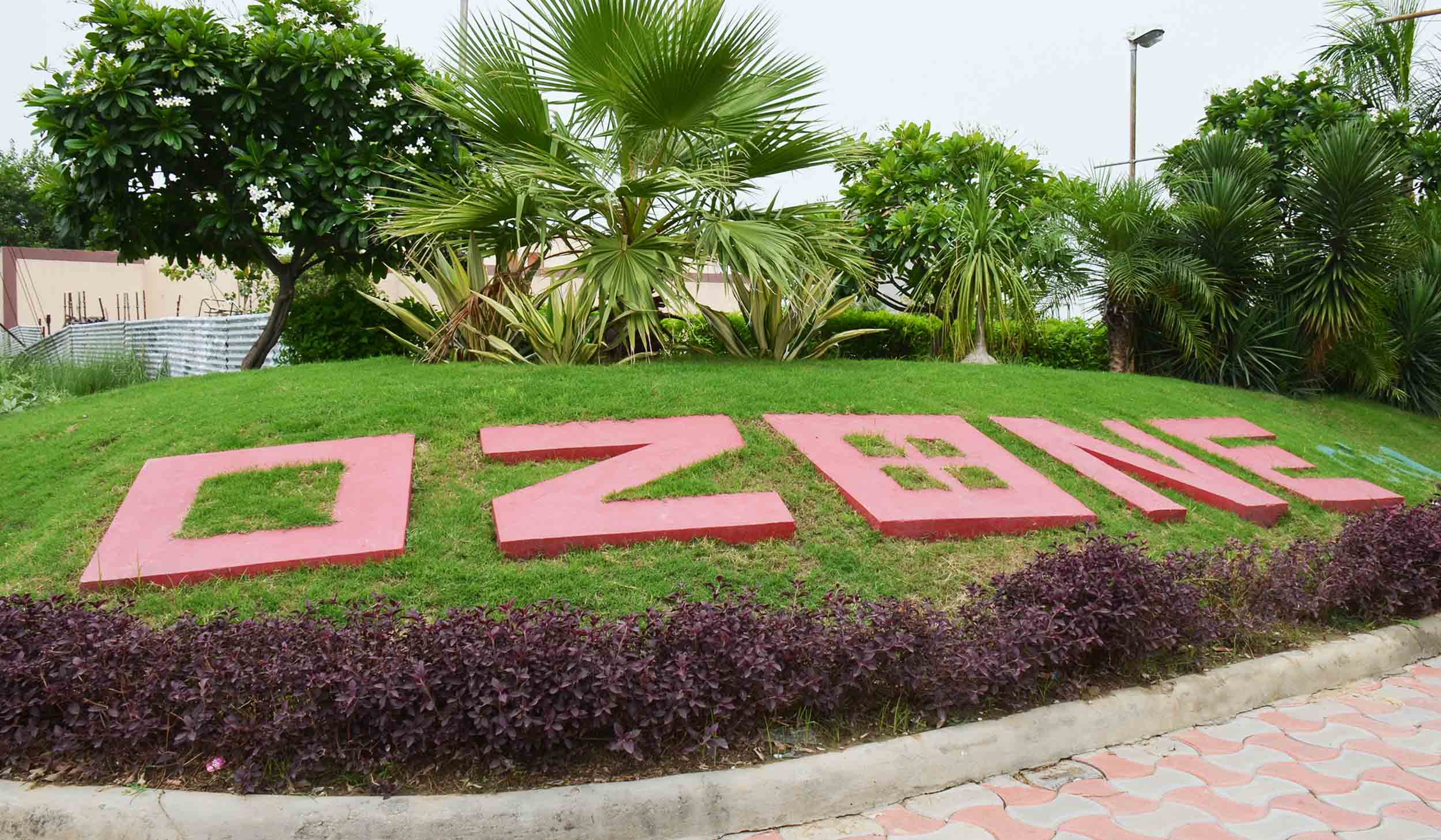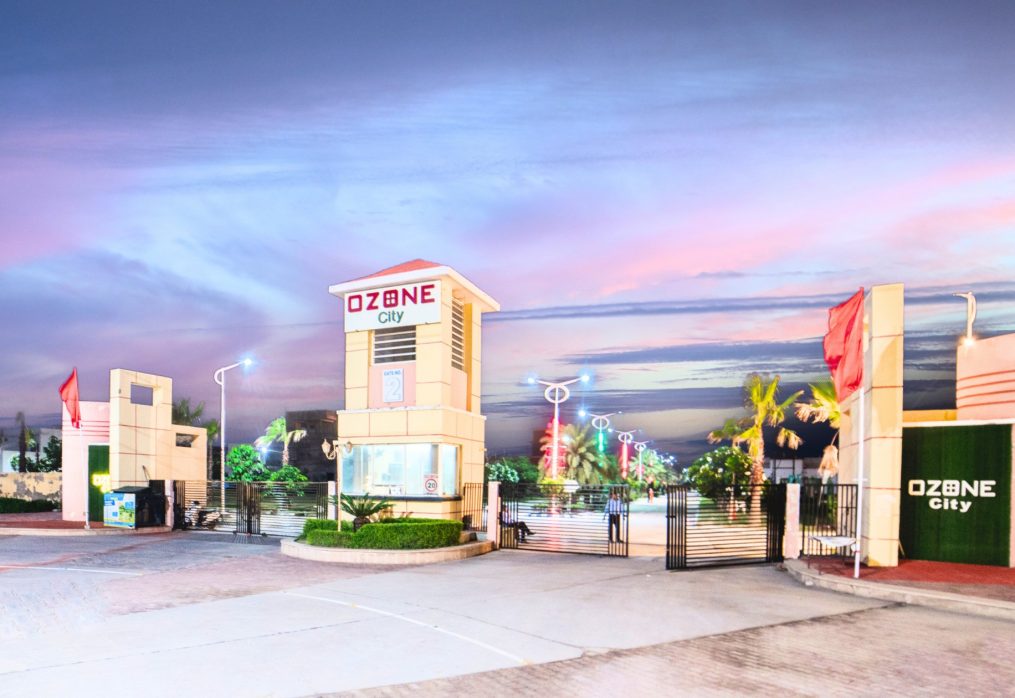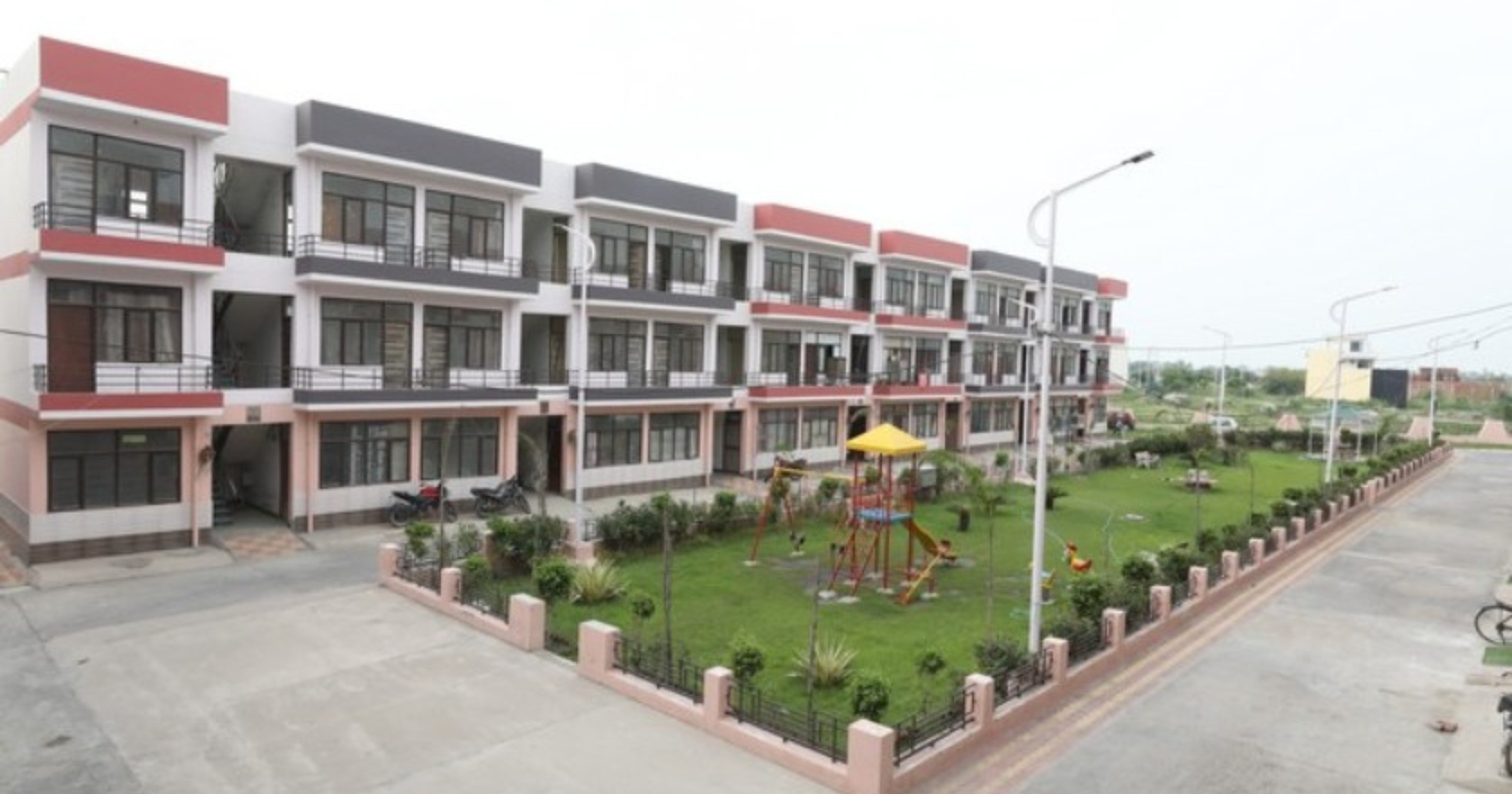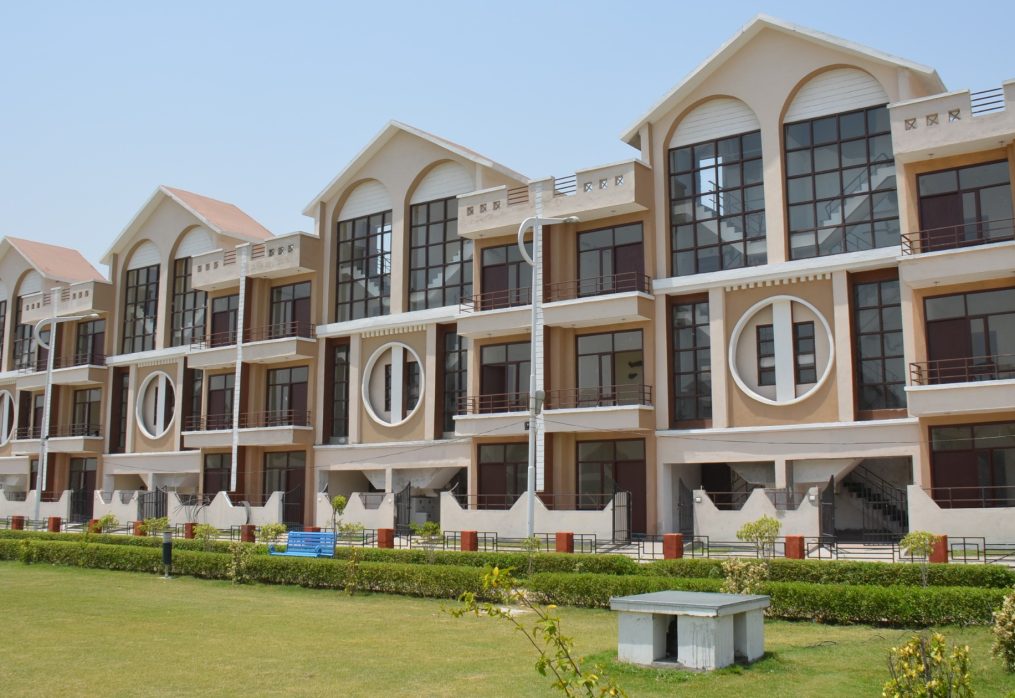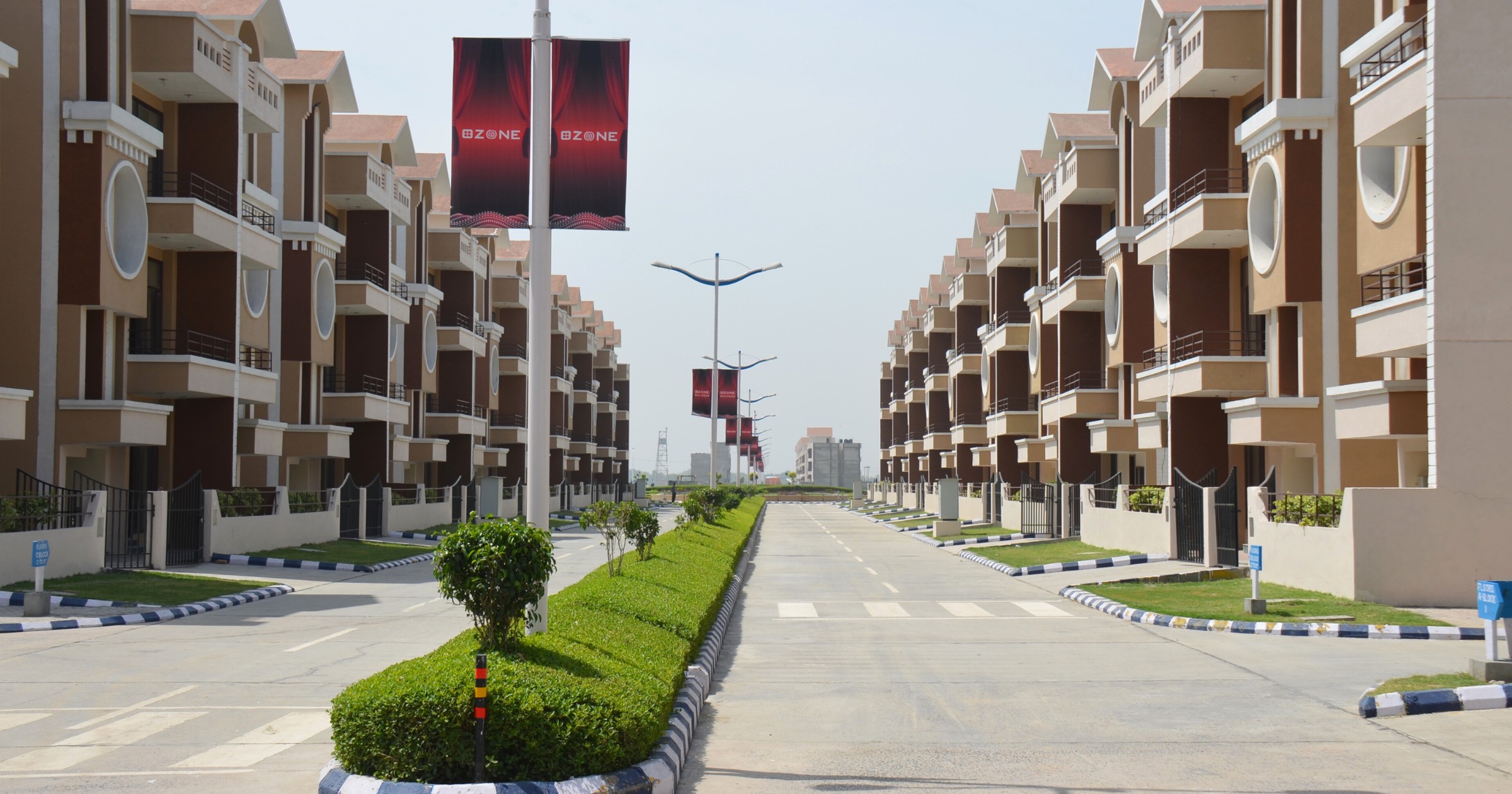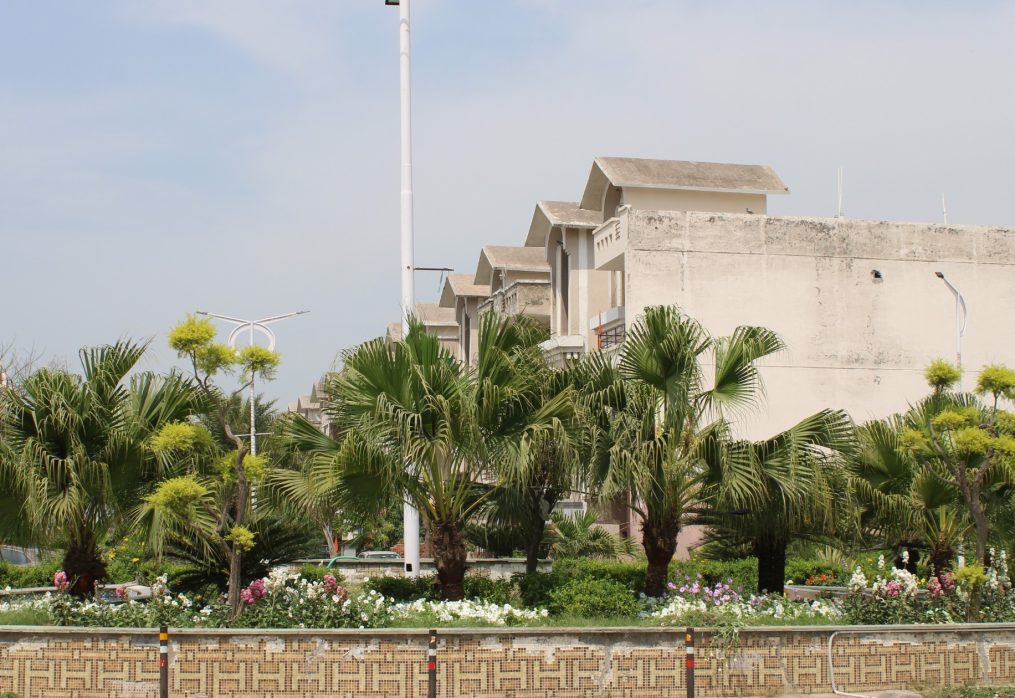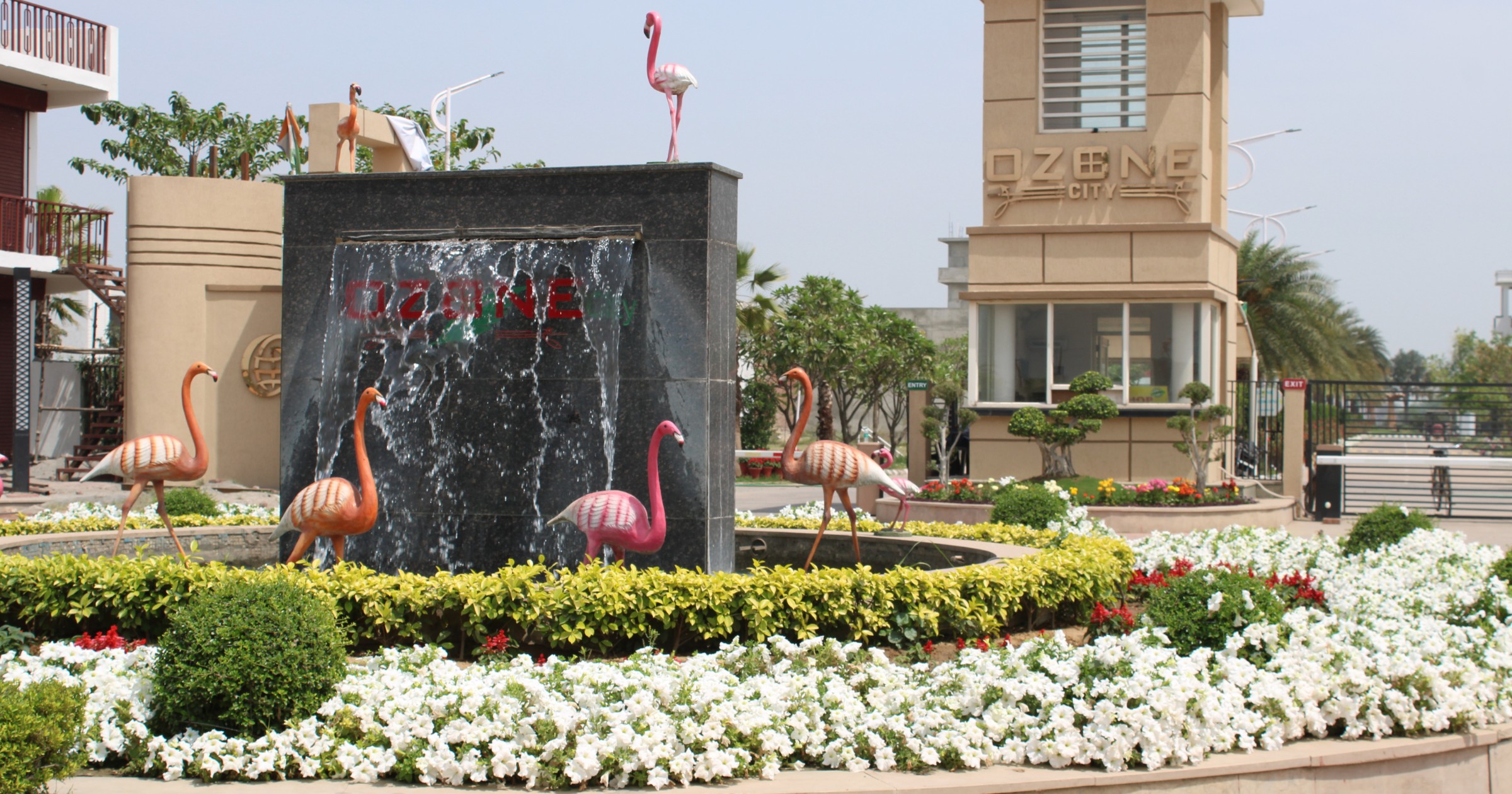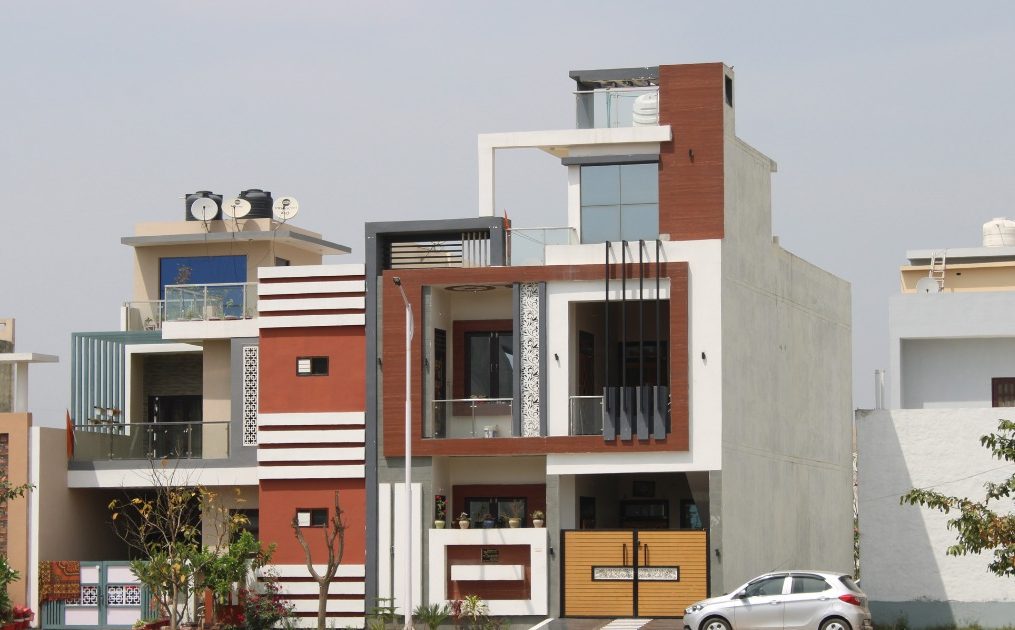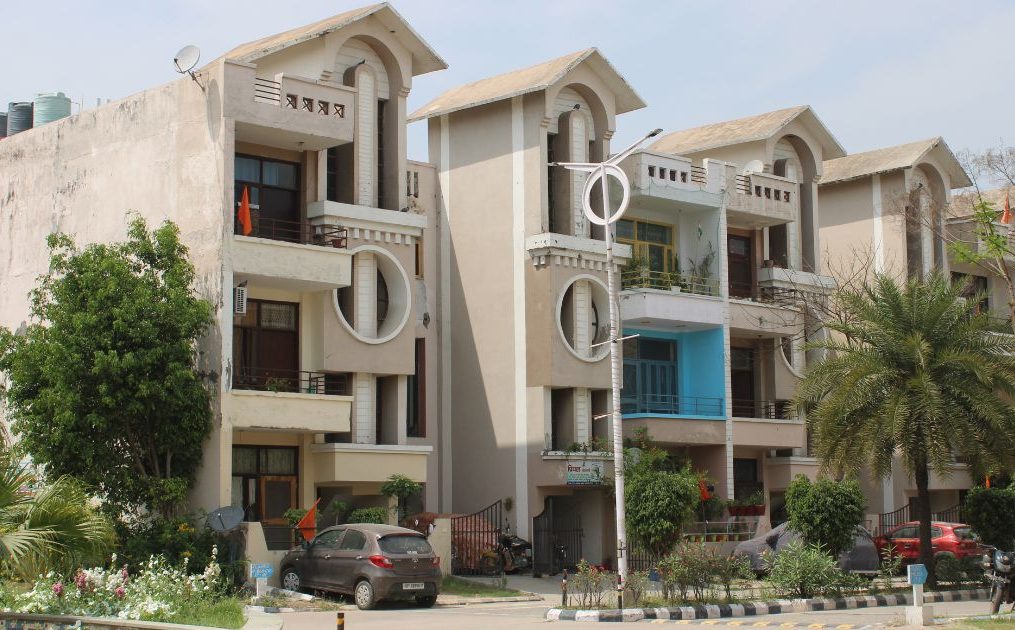The biggest objective of Ozone City’s biggest township is to develop homes that residents can afford.
Most of the time, people want to buy a house because they can afford it and it’s a lovely one. A lot of families have trouble finding the perfect balance between their lifestyle and their money. Ozone City has met this difficulty by creating affordable homes in Aligarh’s biggest township project. People who want to buy something don’t have to choose between quality and pricing anymore. You may live in Ozone City with modern conveniences, planned infrastructure, and shared living areas without spending a lot of money on your home. This has made it easier for middle-class families who want to reside in a safe and comfortable place to do so.
Things are changing when it comes to living on a budget.
Ozone City is different because it transforms what it means to live on a budget. It can provide more people high-end features at lesser prices because it is the biggest township. The project offers huge layouts, modern buildings, and a healthy environment, yet it doesn’t cost as much as other high-end complexes. This helps more families find homes they can afford. Living here on a budget doesn’t mean settling; it means buying goods that will last and are worth the money. Families have better infrastructure and amenities here than in other housing colonies.
Affordable homes that will stay secure for a long time
Ozone City has homes that are affordable and stay cheap over time. The Biggest Township Project includes these dwellings. This means that they will have good roads, help from the community, and the possibility to go up in value over time. People that buy here are investing in their current way of life and their future success. You don’t have to worry about quality when you buy them because they are created to be helpful, comfortable, and endure a long time. Families who want to preserve their future without spending a lot of money should migrate to Ozone City.

Finally
People used to think it was a bad idea to develop affordable housing, but Ozone City has changed their minds. Aligarh’s biggest township has safe, lovely, and economical locations to reside. People who choose Ozone City get more than just a place to live; they also get a way of life that will make them happy and provide them peace of mind for a long time. Visit ozonecity.in to learn more about these affordable housing options. Go to ozonecity.in to find out more about these low-cost housing possibilities.

